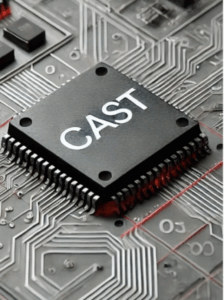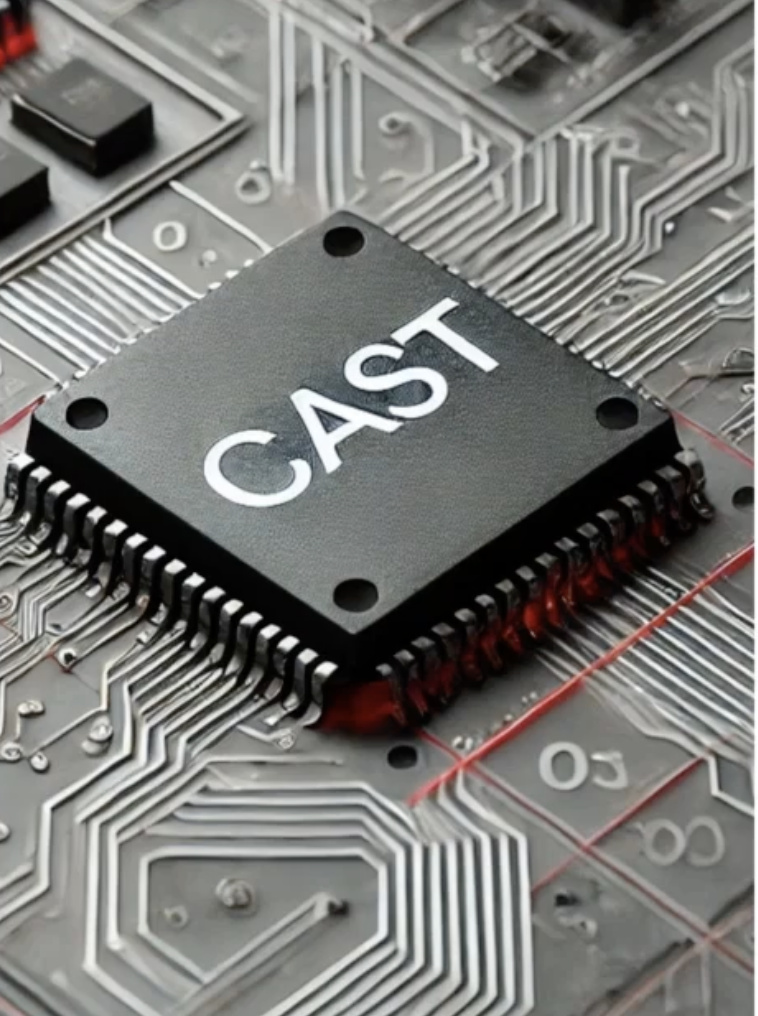 Much of advanced technology is data-driven. From the cloud and AI accelerators to automotive processing and edge computing, data storage and transmission efficiency are of critical importance. It turns out that lossless data compression is a key ingredient to deliver these requirements.
Much of advanced technology is data-driven. From the cloud and AI accelerators to automotive processing and edge computing, data storage and transmission efficiency are of critical importance. It turns out that lossless data compression is a key ingredient to deliver these requirements.
While there are both software and hardware solutions, hardware-based approaches offer the best balance for throughput, latency, and power demands. CAST recently presented an informative webinar on this topic with SemiWiki. In case you missed it, there is now a replay available. A link is coming but first let’s examine what is discussed in the CAST webinar about supercharging your systems with lossless data compression IPs.
The Presenter

The webinar is presented by Dr. Calliope-Louisa Sotiropoulou, an Electronics Engineer who holds the position of Sales Engineer & Product Manager at CAST. Dr. Sotiropoulou specializes in image, video and data compression, and IP stacks. Before joining CAST, she worked as a research and development manager and an FPGA systems developer for the Aerospace and Defense sector. Dr. Sotiropoulou is very knowledgeable on the topic of data compression and has an easy-to-understand style.
She has a long academic record as a researcher, working on various projects, including the trigger and data acquisition system of the ATLAS experiment at CERN. She received her PhD from the Aristotle University of Thessaloniki.
What is Covered
The full title of the webinar is Unpacking System Performance: Supercharge Your Systems with Lossless Compression IPs. The topics discussed during the 35-minute webinar include:
- What is lossless data compression, and why do we use it?
- Differences between software and hardware implementations
- How to choose the right algorithm for your application
- Real-life examples: Integration and implementation
- The CAST approach and IP cores portfolio
The webinar is followed by about 10 minutes of Q&A from the webinar audience that covers some very relevant and interesting topics.
Some Highlights
There is a lot of great information shared by Dr. Sotiropoulou in this webinar. She touches on the pros and cons of various approaches and backs it up with details from real examples. To whet your appetite, here is her summary of why a hardware approach is preferred:
Software is flexible, but:
- It creates a high CPU load
- It scales poorly, especially when the high throughput in today’s applications is considered
- It has unpredictable latency
Hardware:
- Offers deterministic performance: latency, throughput, power
- Scales to multi-Gbps throughput
- Lower power consumption
- Real-time ready
She goes into detail on multiple approaches to data compression, illustrating the pros and cons of each. This discussion gets into topics such as optimizing memory size and file size for various problem sets.
She then discusses the lossless data compression delivered by CAST. Target applications and system integration details are presented, along with specific results for various ASIC and FPGA technologies. She ends with a summary of the CAST approach and key takeaways.
To Learn More
I have just presented a high-level summary of the webinar content. If you are dealing with data intensive applications, approaches to lossless data compression will definitely be important and I highly recommend experiencing the complete webinar. You will be glad you did. You can access the webinar replay here.
You can also learn more about CAST’s lossless data compression IP here. And that’s the CAST webinar about supercharging your systems with lossless data compression IPs.
Also Read:
WEBINAR Unpacking System Performance: Supercharge Your Systems with Lossless Compression IPs
CAST Advances Lossless Data Compression Speed with a New IP Core
Share this post via:






Comments
There are no comments yet.
You must register or log in to view/post comments.